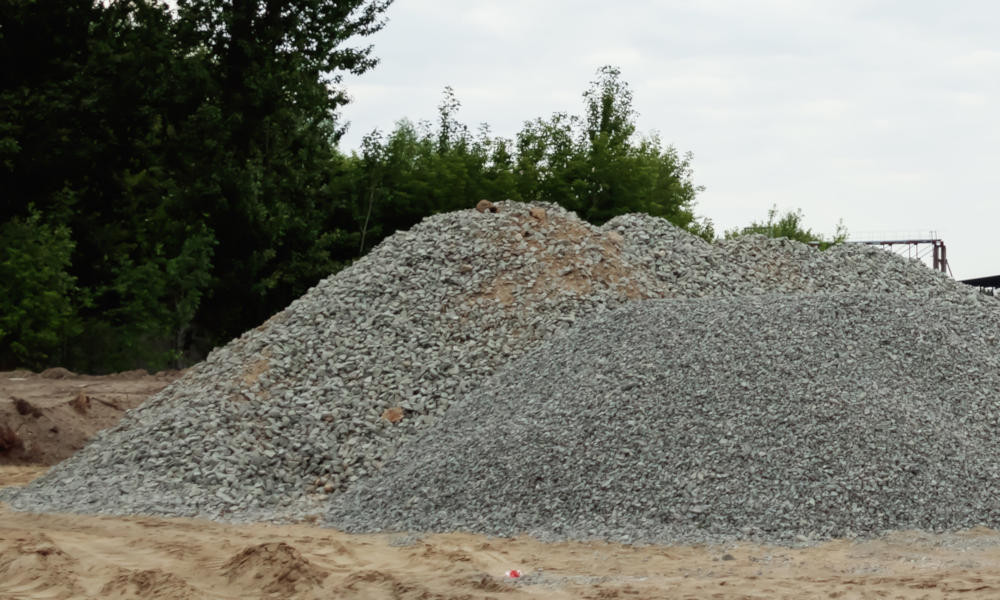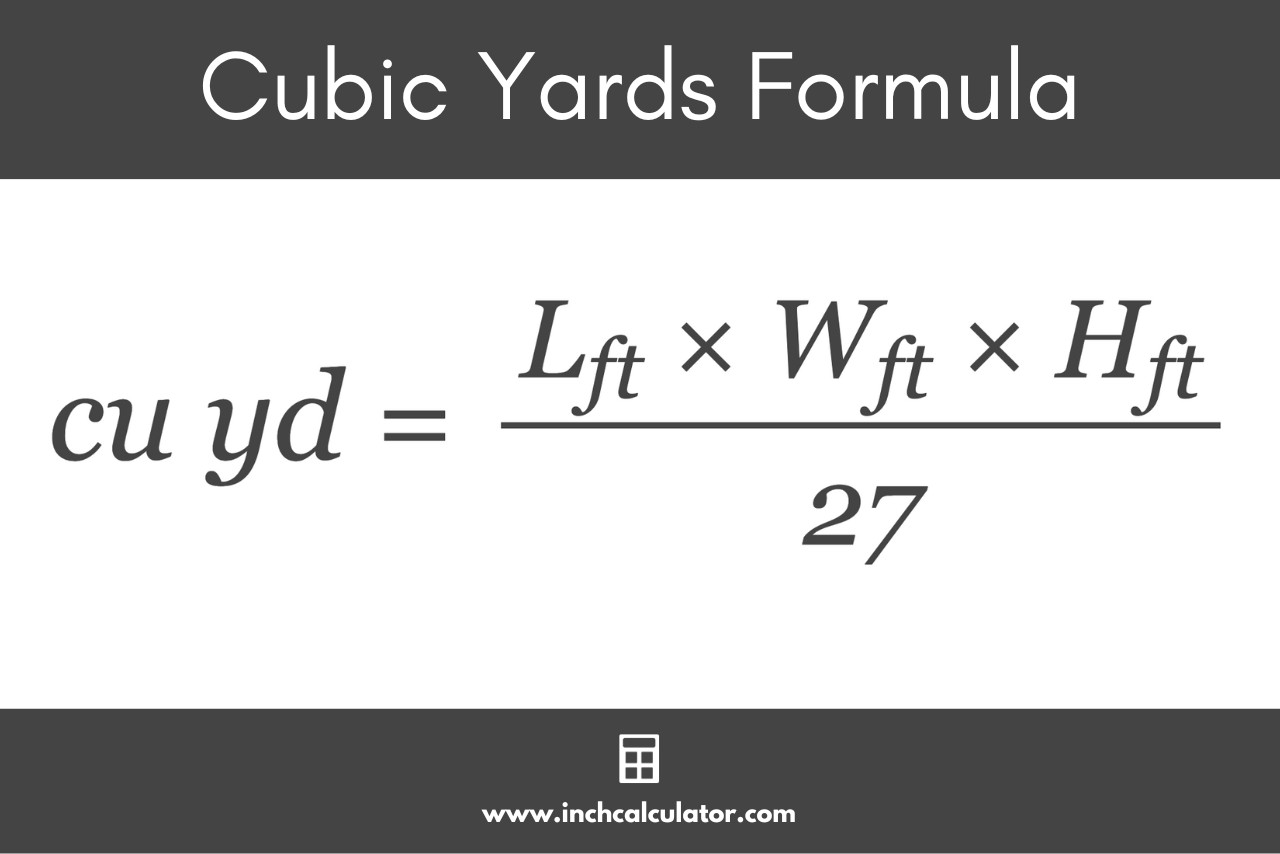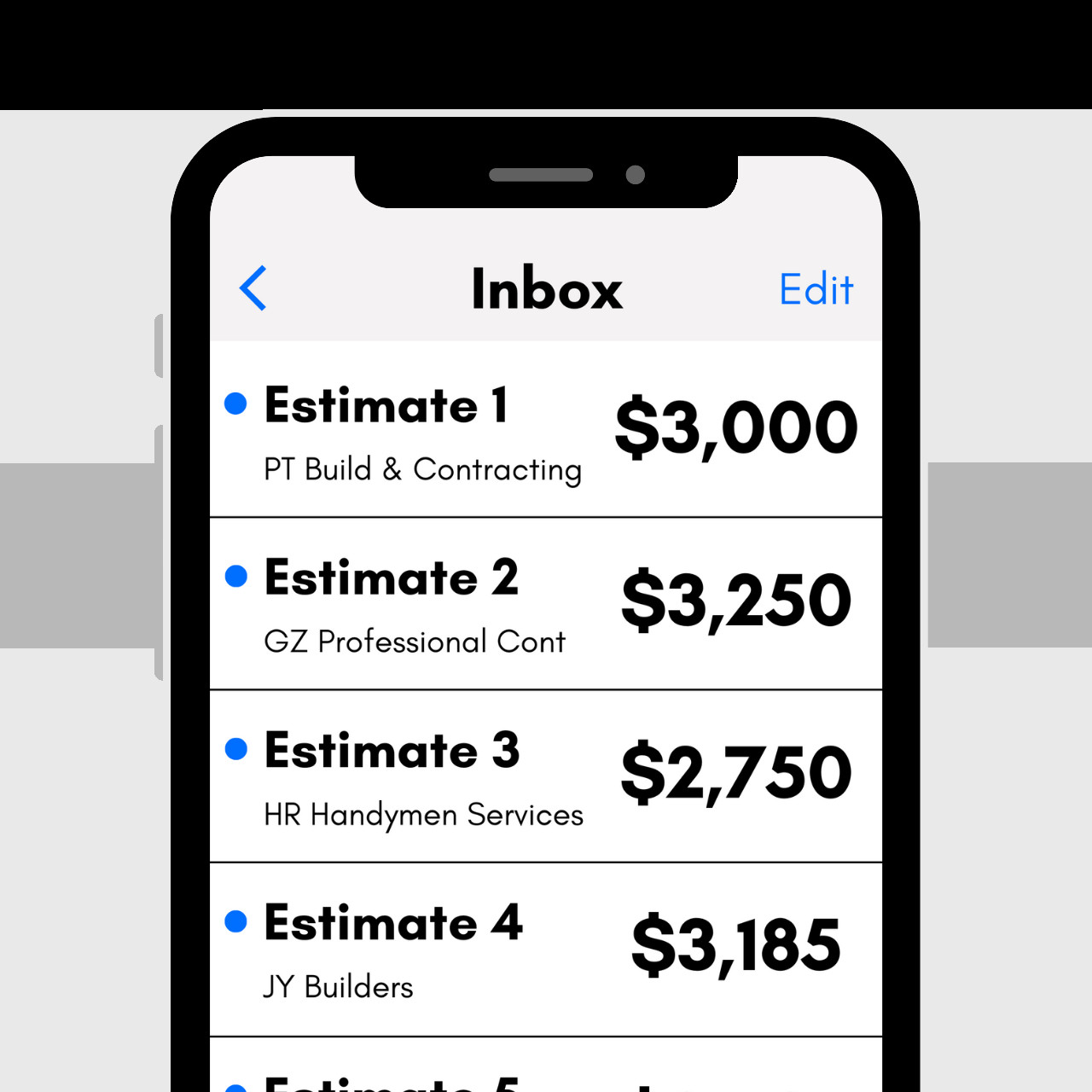Are you planning a stunning rock garden, a durable gravel driveway, or a captivating water feature? Understanding how much rock is in a ton is crucial for accurate material estimation, cost-effective landscaping, and successful project execution. At rockscapes.net, we empower you with the knowledge and resources to transform your outdoor vision into reality with landscaping stone, decorative rock, and garden rocks. This guide provides you with the information to make informed decisions when calculating rock requirements for your projects.
1. Why Knowing How Much Rock is in a Ton Matters
Accurately calculating the amount of rock needed for your landscaping project is essential for several reasons:
- Cost Savings: Avoid over-ordering and wasting money on excess materials.
- Project Efficiency: Ensure you have enough rock on hand to complete the job without delays.
- Aesthetic Consistency: Maintain a uniform look by ordering the correct amount of rock from a single source.
- Structural Integrity: Proper rock quantity is crucial for the stability of driveways, retaining walls, and other landscape features.
2. Understanding the Basics: Weight, Volume, and Density
To determine how much rock is in a ton, you need to grasp the relationship between weight, volume, and density.
- Weight: The measure of how heavy something is, commonly expressed in pounds (lbs) or tons.
- Volume: The amount of space a substance occupies, often measured in cubic feet (cu ft) or cubic yards (cu yd).
- Density: The mass per unit volume of a substance, typically expressed in pounds per cubic foot (lbs/cu ft) or tons per cubic yard.
The formula connecting these three is:
Density = Weight / Volume
Therefore: Volume = Weight / Density
3. Factors Affecting the Weight of Rock
Several factors influence the weight of rock, making it essential to consider them when estimating how much you need.
3.1. Rock Type
Different types of rocks have varying densities due to their mineral composition and porosity. For instance, granite is denser than lava rock.
3.2. Rock Size
Smaller rocks generally pack more tightly than larger rocks, leading to a higher density per cubic yard.
3.3. Moisture Content
Wet rocks are heavier than dry rocks because water adds to their overall weight.
3.4. Rock Shape
Irregularly shaped rocks tend to have more air pockets when packed together, resulting in a lower density compared to uniformly shaped rocks.
4. Common Rock Types and Their Approximate Weights
Here’s a table showcasing the approximate weights of various rock types commonly used in landscaping:
| Rock Type | Approximate Weight per Cubic Yard | Approximate Weight per Cubic Meter |
|---|---|---|
| Gravel (¼” – 2″) | 2,800 – 3,400 lbs (1.4 – 1.7 tons) | 1,660 – 2,020 kg (1.66 – 2.02 tonnes) |
| Rock (2″ – 6″) | 3,000 – 3,400 lbs (1.5 – 1.7 tons) | 1,780 – 2,020 kg (1.78 – 2.02 tonnes) |
| Sand (wet) | 3,000 – 3,400 lbs (1.5 – 1.7 tons) | 1,780 – 2,020 kg (1.78 – 2.02 tonnes) |
| Sand (dry) | 2,600 – 3,000 lbs (1.3 – 1.5 tons) | 1,540 – 1,780 kg (1.54 – 1.78 tonnes) |
| Topsoil (wet) | 3,000 – 3,400 lbs (1.5 – 1.7 tons) | 1,780 – 2,020 kg (1.78 – 2.02 tonnes) |
| Topsoil (dry) | 2,000 – 2,600 lbs (1 – 1.3 tons) | 1,190 – 1,540 kg (1.19 – 1.54 tonnes) |
| Riprap | 3,400 – 4,000 lbs (1.7 – 2 tons) | 2,020 – 2,370 kg (2.02 – 2.37 tonnes) |
| River Rock | 2,500 – 3,100 lbs (1.25 – 1.55 tons) | 1,480 – 1,840 kg (1.48 – 1.84 tonnes) |
| Lava Rock | 1,500 – 2,000 lbs (0.75 – 1 ton) | 890 – 1,190 kg (0.89 – 1.19 tonnes) |
Note: These are approximate values. Always consult with your supplier for the specific weight of the rock you are purchasing.
 Gravel material at a landscape supplier
Gravel material at a landscape supplier
Alt text: Gravel material at a landscape supplier showing different types of gravel, highlighting the variety available for landscaping projects.
5. How to Calculate the Amount of Rock You Need
Here’s a step-by-step guide to calculating the amount of rock required for your project:
5.1. Determine the Area to Cover
Measure the length and width of the area you plan to cover with rock. For irregular shapes, divide the area into smaller, more manageable sections and calculate each separately.
5.2. Decide on the Desired Depth
Determine the desired depth of the rock layer in inches or feet. Consider the purpose of the rock. For example, a driveway might require a thicker layer than a decorative rock garden.
5.3. Calculate the Volume
Multiply the area (length x width) by the depth to find the volume in cubic feet. If your measurements are in different units, convert them to the same unit before multiplying.
Volume (cubic feet) = Length (feet) x Width (feet) x Depth (feet)
5.4. Convert to Cubic Yards
Since rock is typically sold by the cubic yard or ton, convert the volume from cubic feet to cubic yards by dividing by 27 (since there are 27 cubic feet in a cubic yard).
Volume (cubic yards) = Volume (cubic feet) / 27
5.5. Determine the Rock’s Density
Obtain the density of the specific rock type you plan to use from your supplier or refer to the table in Section 4.
5.6. Calculate the Weight in Tons
Multiply the volume in cubic yards by the density in tons per cubic yard to find the total weight of rock needed in tons.
Weight (tons) = Volume (cubic yards) x Density (tons/cubic yard)
5.7. Account for Overage and Compaction
It’s always wise to order extra rock to account for settling, compaction, and potential spills. A general rule of thumb is to add 10-15% to your total calculated weight. If you plan to compact the rock, you may need to add even more, as compaction can reduce the volume by up to 30%, according to the EPA’s guidelines on gravel roads.
Final Weight (tons) = Weight (tons) + (Overage percentage x Weight (tons))
6. Examples of Rock Calculation
Let’s walk through a couple of examples to illustrate the calculation process.
6.1. Example 1: Decorative Rock Garden
You want to create a decorative rock garden that is 12 feet long, 8 feet wide, and 4 inches (0.33 feet) deep, using river rock.
- Area = 12 feet x 8 feet = 96 square feet
- Volume (cubic feet) = 96 square feet x 0.33 feet = 31.68 cubic feet
- Volume (cubic yards) = 31.68 cubic feet / 27 = 1.17 cubic yards
- Density of river rock = Approximately 1.4 tons per cubic yard (estimated average)
- Weight (tons) = 1.17 cubic yards x 1.4 tons/cubic yard = 1.64 tons
- Overage (10%) = 0.16 tons
- Final Weight (tons) = 1.64 tons + 0.16 tons = 1.80 tons
Therefore, you would need approximately 1.80 tons of river rock for your decorative garden.
6.2. Example 2: Gravel Driveway
You are building a gravel driveway that is 50 feet long, 10 feet wide, and 6 inches (0.5 feet) deep, using gravel.
- Area = 50 feet x 10 feet = 500 square feet
- Volume (cubic feet) = 500 square feet x 0.5 feet = 250 cubic feet
- Volume (cubic yards) = 250 cubic feet / 27 = 9.26 cubic yards
- Density of gravel = Approximately 1.6 tons per cubic yard (estimated average)
- Weight (tons) = 9.26 cubic yards x 1.6 tons/cubic yard = 14.82 tons
- Overage (15%) = 2.22 tons
- Compaction (30%) = 4.45 tons (0.30 * 14.82)
- Final Weight (tons) = 14.82 tons + 2.22 tons + 4.45 tons = 21.49 tons
Therefore, you would need approximately 21.49 tons of gravel for your driveway, considering both overage and compaction.
 Graphic showing the formula to calculate gravel needed where the volume in cubic yards is equal to the length times the width times the height in feet, divided by 27.
Graphic showing the formula to calculate gravel needed where the volume in cubic yards is equal to the length times the width times the height in feet, divided by 27.
Alt text: Formula for calculating gravel needed in cubic yards, emphasizing the relationship between length, width, height, and the conversion factor.
7. Online Calculators and Tools
Several online calculators and mobile apps can assist you in estimating rock quantities. These tools typically require you to input the dimensions of your project area and the type of rock you plan to use. They then calculate the approximate weight and volume of rock needed.
8. Where to Buy Rock in Bulk
You can purchase rock in bulk from various sources, including:
- Local Landscaping Supply Stores: These stores often offer a wide selection of rocks and can provide expert advice.
- Quarries: Buying directly from a quarry can be cost-effective, especially for large projects.
- Home Improvement Centers: Major home improvement stores like Home Depot and Lowe’s also sell rock in bulk.
- Online Retailers: Several online retailers specialize in landscaping materials and offer convenient delivery options.
9. Tips for Ordering Rock
- Order from a Reputable Supplier: Choose a supplier with a good reputation for quality and service.
- Inspect the Rock Before Delivery: If possible, inspect the rock before it is delivered to ensure it meets your expectations.
- Consider Delivery Options: Determine the best delivery option for your project, considering access to your site and the quantity of rock being delivered.
- Store the Rock Properly: Store the rock on a stable surface and cover it to protect it from the elements.
10. Rockscapes.net: Your Partner in Landscaping Success
At rockscapes.net, we are passionate about helping you create stunning outdoor spaces with the beauty and versatility of rock. Our website offers a wealth of resources, including:
- Extensive Rock Selection: Browse our wide variety of rocks, from decorative gravel to large boulders.
- Design Inspiration: Explore our gallery of inspiring rock landscaping projects.
- Expert Advice: Consult our team of experienced landscape designers for personalized recommendations.
- Reliable Suppliers: Find trusted rock suppliers in your area.
We understand the challenges of landscaping projects, and we are committed to providing you with the knowledge, tools, and support you need to succeed.
10.1. Overcoming Customer Challenges
- Selecting the Right Rock: We provide detailed information about different rock types, helping you choose the best option for your design style and climate.
- Finding Reputable Suppliers: We connect you with trusted suppliers known for quality and reliability.
- Calculating Rock Quantity: Our comprehensive guides and calculators simplify the estimation process.
- Efficient and Aesthetic Construction: We offer step-by-step guides to help you implement effective and beautiful landscaping.
- Long-Term Maintenance: We provide tips for maintaining your rock landscapes, ensuring they remain beautiful for years to come.
- Unique Design Ideas: Discover innovative and creative design ideas to make your landscape stand out.
10.2. Meeting Customer Needs
- Detailed Information: We provide in-depth information about various rock types, including granite, slate, and cobblestone.
- Inspiring Design Ideas: Explore our collection of visually stunning rock landscape designs.
- Step-by-Step Guides: Follow our easy-to-understand instructions for building simple rock features.
- Trusted Suppliers: Find reliable natural stone suppliers near you.
- Maintenance Advice: Learn how to care for your rock landscapes to ensure their longevity.
- Frequently Asked Questions: Get answers to common questions about using rocks in landscaping.
Address: 1151 S Forest Ave, Tempe, AZ 85281, United States
Phone: +1 (480) 965-9011
Website: rockscapes.net
 phone showing emails
phone showing emails
Alt text: Phone displaying emails highlighting the convenience of accessing landscaping information and estimates online.
11. Call to Action
Ready to transform your landscape with the timeless beauty of rock? Visit rockscapes.net today to explore our vast selection of rocks, discover inspiring design ideas, and connect with our team of experts. Let us help you bring your outdoor vision to life!
12. Frequently Asked Questions (FAQs)
12.1. How do I order gravel, by the yard or by the ton?
The best way to order gravel depends on the supplier and the amount you need. Suppliers typically sell gravel by the ton. Ordering by the yard may be available if you need a small amount.
12.2. How much area does 1 ton of gravel cover?
It depends on the size of the gravel, typically ranging from ½” to 2″. Generally, one ton of gravel covers 0.59 to 0.71 cubic yards. Smaller gravel sizes cover more area than larger ones.
12.3. What quantity of gravel makes up one truckload?
Truck sizes vary. A typical pickup truck holds 1 cubic yard of gravel, while a dump truck can carry 13 to 25 tons. The cost of a full dump truck load, at $35 to $50 per ton, could range from $455 to $1,250.
12.4. Is it cheaper to buy gravel by the yard or ton?
Typically, buying in bulk by the ton is more cost-effective for larger projects. However, for smaller projects, buying by the yard might be more practical and economical.
12.5. How can I accurately measure the area I need to cover with rock?
Use a measuring tape or wheel to measure the length and width of the area. For irregular shapes, divide the area into smaller sections and measure each separately.
12.6. What is the best way to transport rock to my project site?
For small quantities, you can use a wheelbarrow or buckets. For larger quantities, consider renting a dump truck or having the rock delivered by your supplier.
12.7. How do I choose the right type of rock for my project?
Consider the purpose of the rock, your design aesthetic, and the climate in your area. Consult with a landscaping professional for personalized recommendations.
12.8. How do I maintain a rock landscape?
Regularly remove weeds and debris. You may also need to replenish the rock over time as it settles or compacts.
12.9. Can I mix different types of rocks in my landscape?
Yes, mixing different types of rocks can create a visually appealing and unique landscape. However, be sure to choose rocks that complement each other in terms of color, size, and texture.
12.10. What are the environmental benefits of using rock in landscaping?
Rock is a sustainable landscaping material that can help reduce water consumption, prevent soil erosion, and provide habitat for beneficial insects and animals.